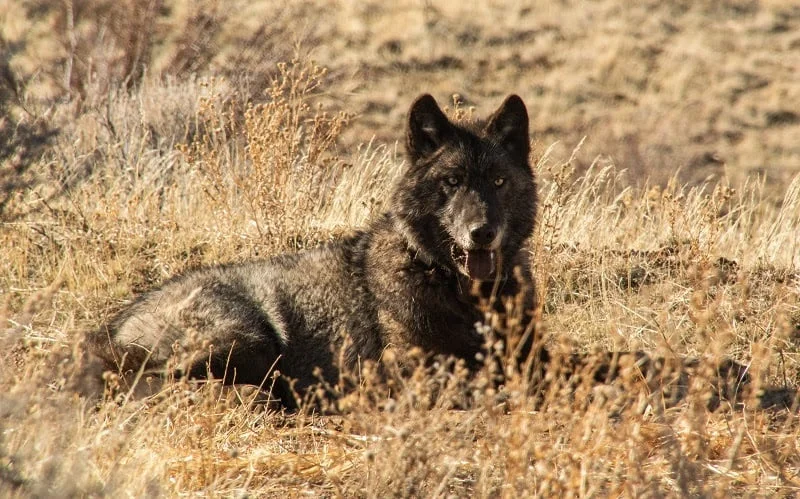
Could Gray Wolves Rewrite the Rules for Rural California?
In the rugged landscapes of Northern California, a growing wolf population is sparking intense debate and urgent action. As counties like Shasta declare states of emergency due to escalating encounters with gray wolves, questions arise about balancing wildlife conservation with the safety of local communities and livelihoods. This unfolding story highlights the challenges of coexisting with endangered species in a changing environment, potentially reshaping how we approach human-wildlife conflicts.
Recent developments have brought the issue to the forefront. Shasta County, for instance, became the latest area to declare a local state of emergency on May 13, 2025, following confirmed wolf attacks on livestock. This move mirrors actions in neighboring counties like Modoc and Lassen, reflecting widespread concerns among rural residents. Supervisors such as Corkey Harmon have voiced alarms, stating, "This is not just a ranching issue—it's a public safety issue. These wolves are showing no fear of people and are attacking livestock near family homes." Such declarations underscore the real threats posed by wolves exhibiting bold behavior, including kills without feeding, which go beyond typical predation.
Amid these tensions, the California Department of Fish and Wildlife (CDFW) has introduced a innovative solution: the Wolf Location Automated Mapping System. Launched to promote transparency and aid livestock producers, this online tool displays approximate locations of GPS-collared wolves based on data collected four times daily. CDFW Director Charlton H. Bonham emphasized its value, saying, "California’s rural livestock producers living near wolves have faced real challenges... This is one more tool in our shared toolkit to protect their herds from wolf-livestock conflict." The system empowers ranchers by providing critical insights into wolf movements, allowing them to adjust herd management and increase human presence to deter attacks. As of the latest reports, only 14 wolves in California are collared, representing a subset of the overall population, yet this tool could be pivotal in preventing conflicts.
Analysis of these events reveals a complex interplay between conservation efforts and economic realities. Gray wolves, federally and state endangered, are rebounding in California, which is a conservation success. However, this growth strains rural economies, where livestock losses can devastate family operations. Comparisons to past wildlife management strategies show that while relocation or euthanasia of aggressive wolves has been suggested—as urged in Shasta County's resolution to CDFW—such measures must balance legal protections. Critics like former Supervisor Mary Rickert argue for more flexible policies, noting, "Ranchers in Northern California have worked hard to coexist with wildlife, but when policies ignore the realities on the ground, rural families are left vulnerable." This situation invites broader discussion on whether current approaches adequately address both ecological and human needs.
In essence, these developments highlight the delicate balance between protecting endangered species and safeguarding community interests. As wolf populations expand, tools like the CDFW mapping system offer hope for proactive solutions, but they also raise questions about long-term sustainability. What does the future hold for California's rural areas in this evolving wildlife drama? Readers are encouraged to share their thoughts: Have you encountered similar challenges, or do you support stricter wolf protections? Leave a comment below and help spark the conversation.